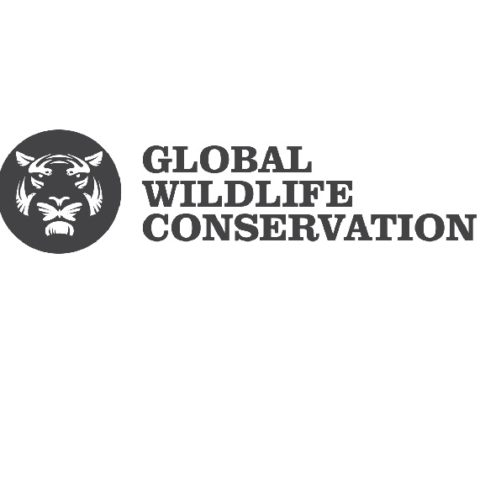Conservation Actions
Leucocephalon yuwonoi is listed in CITES Appendix II and has a zero-expert quota. It is not listed as a protected species within Indonesia, according to the most recent report published by the Minister of Environment and Forestry of the Republic of Indonesia.
Intensive field surveys are now being conducted to document population size and distribution and to collect biological and ecological data and will continue until robust data is accumulated (C. Light pers. comm. 2018).
Location Information
Leucocephalon yuwonoi is endemic to the Minhasa peninsula of the Indonesian island of Sulawesi. It is believed also to have a limited geographic distribution within the Central Sulawesi Province and possibly parts of the Gorontalo Province.Geographic Range
Extant
Indonesia
Population Information
Leucocephalon yuwonoi has been heavily impacted by overexploitation for the international pet trade, with 2,000–3,000 individuals seized in 1998, collapsing to 100 individuals in 1999, indicating a significant population decline in just one year and an inferred population reduction of well over 80% in the past three generations. More recently, anecdotal evidence suggests that L. yuwonoi occurs in moderate densities in suitable, undisturbed habitat (Hagen et al. 2009). Riyanto (2006) reported an average encounter rate of two L. yuwonoi per km2 of survey transect in Central Sulawesi, but population assessments from elsewhere are lacking. Reasonably high densities of L. yuwonoi may be found in areas from which they have not been collected. Recent population surveys conducted within the Central Sulawesi Province, covering a period of 22 days, yielded substantial populations in two distinct locations (C. Light, unpub. data). These recent findings, indicating a slow recovery, perhaps attributable to the imposed zero-export quota (C. Light pers. comm. 2018).
Threats
The habitat of clear shallow streams utilised during the night allows collectors to see and capture individuals with relative ease. The species is sought after for the international pet trade. No legal trade occurs, but the species is still seen in illegal trade. Habitat destruction from commercial logging and agriculture is likely another threat for many populations as deforestation rates in Sulawesi are among the highest in the world (Hagen et al. 2009). Palm plantations are replacing streamside forest in some parts of the species' range.Partners
IUCN Red List Account Link
Please click here to see the species' IUCN Red List Account page.Photo Credits
Roland Wirth (category image)
James H. Harding (featured image)








